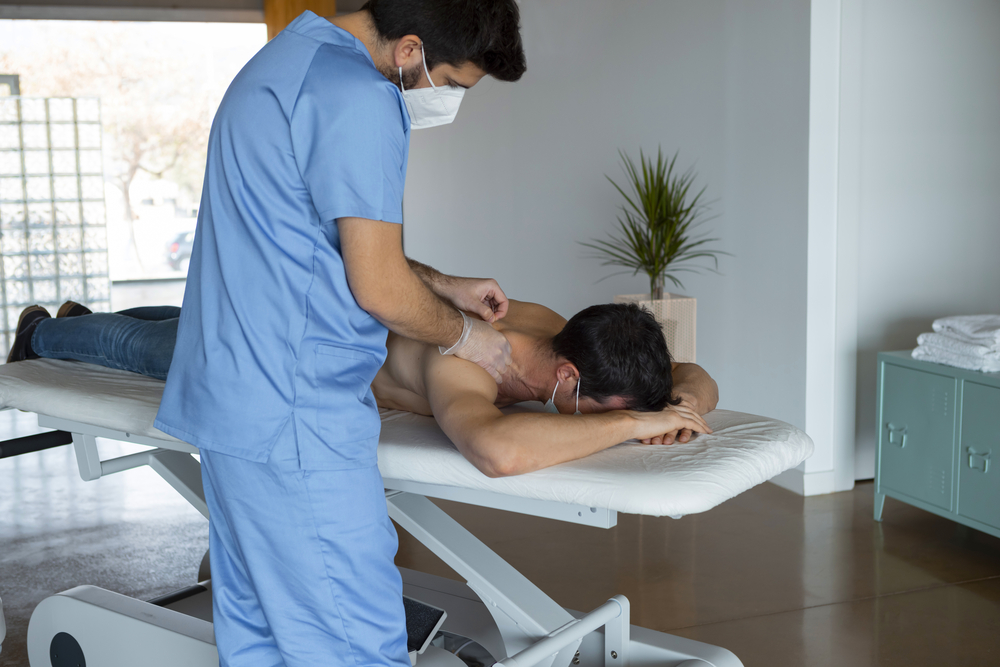
If you’ve ever experienced stubborn muscle pain, tightness, or trigger points that just won’t go away, you may have been recommended dry needling therapy as a treatment option. While it may sound similar to acupuncture, dry needling is a distinct treatment used by physical therapists and other healthcare professionals to relieve pain and improve movement. Let’s take a closer look at what dry needling is, how it works, and who it can help.
What Is Dry Needling Therapy?
Dry needling is a therapeutic technique that involves very thin, sterile needles inserted into muscle tissue. The term “dry” means that no medication or injection is involved — the needle itself is the treatment tool. These needles target myofascial trigger points, which are tight bands in muscles (often referred to as knots) that cause pain, limit mobility, and lead to discomfort in other parts of the body.
Unlike acupuncture, which is rooted in traditional Chinese medicine and focuses on energy pathways, dry needling is based on modern anatomy and neuroscience. Its goal is to release muscle tension, increase blood flow, reduce local and referred pain, improve range of motion, and restore normal function.
How Does It Work?
When a physical therapist inserts a needle into a trigger point, it causes the muscle to contract and then relax, often creating what is referred to as a local twitch response. This process:
- Releases tight bands of muscle, reducing the chance of muscle spasms.
- Improves blood flow and oxygen supply to the area, which can reduce inflammation.
- Reduces nerve irritation and overrides pain signals in the brain and nervous system.
- Activates nerve fibers in the affected area, leading to the release of endorphins.
- Promotes the body’s natural healing response.
Many patients experience immediate relief, though multiple appointments may be needed for long-term improvement, depending on the condition. Appointments are usually spaced apart to allow your body time to heal between treatments.
What Conditions Can Dry Needling Therapy Help With?
Dry needling therapy can benefit individuals who suffer from a wide range of musculoskeletal issues, including:

- Chronic muscle tightness, strain, and pain.
- Back, neck, and pelvic pain.
- Shoulder, disc, joint, and hip dysfunction.
- Headaches and migraines caused by muscle tension.
- Tendinitis and overuse injuries, such as carpal tunnel syndrome.
- Night cramps and other muscle spasms.
- Jaw and mouth problems, including TMJ disorder.
- Various sports injuries.
- Whiplash.
- Spinal problems.
- Tendonitis.
When you sit down with your physical therapist, you can discuss your pain and condition and determine whether dry needling could be a helpful addition to your treatment.
What to Expect During a Session
A dry needling session typically lasts 15 to 30 minutes and may be combined with other therapies, such as stretching, exercise, or manual therapy. When the needles are inserted, you may feel a brief twitch and some pressure, but minimal pain. Afterwards, you may experience temporary soreness, as if you just finished a workout. This is a normal part of the healing process and should fade within 24 to 48 hours. You may also have some minor bruising, but again, this is normal and no cause for concern.
If you have dry needling therapy coming up, make sure you:
- Stay hydrated before and after your session.
- Wear loose-fitting clothing for easy access to the treatment area.
- Perform light exercises to help increase blood flow to the area and assist the muscle in returning to normal function.
Dry needling is considered safe when performed by a qualified healthcare professional. The needles are sterile and disposable, and they only go into the skin, not organs or blood vessels. Those who are pregnant, afraid of needles, have compromised immune systems, have just had surgery, or are on blood thinners should consult with a doctor before considering this treatment.
The Benefits of Dry Needling Therapy
After undergoing dry needling therapy, patients often notice:
- Reduced muscle pain and tightness.
- Improved mobility and flexibility.
- Faster recovery from injury.
- Better performance in daily activities and sports.
- Reduced inflammation and improved circulation.
- Less stress and anxiety.
- Improved sleep quality.

When used as a part of a comprehensive rehabilitation plan, dry needling can effectively accelerate healing and restore function.
Dry Needling Therapy: The Key to Less Pain
Dry needling is a safe, evidence-based treatment that targets the root cause of muscle pain and dysfunction. By releasing trigger points and promoting your body’s natural healing capabilities, it can provide significant relief for many conditions. If you’re tired of struggling with chronic muscle tension or suffering from lingering pain, ask your physical therapist about whether dry needling therapy could help you.
